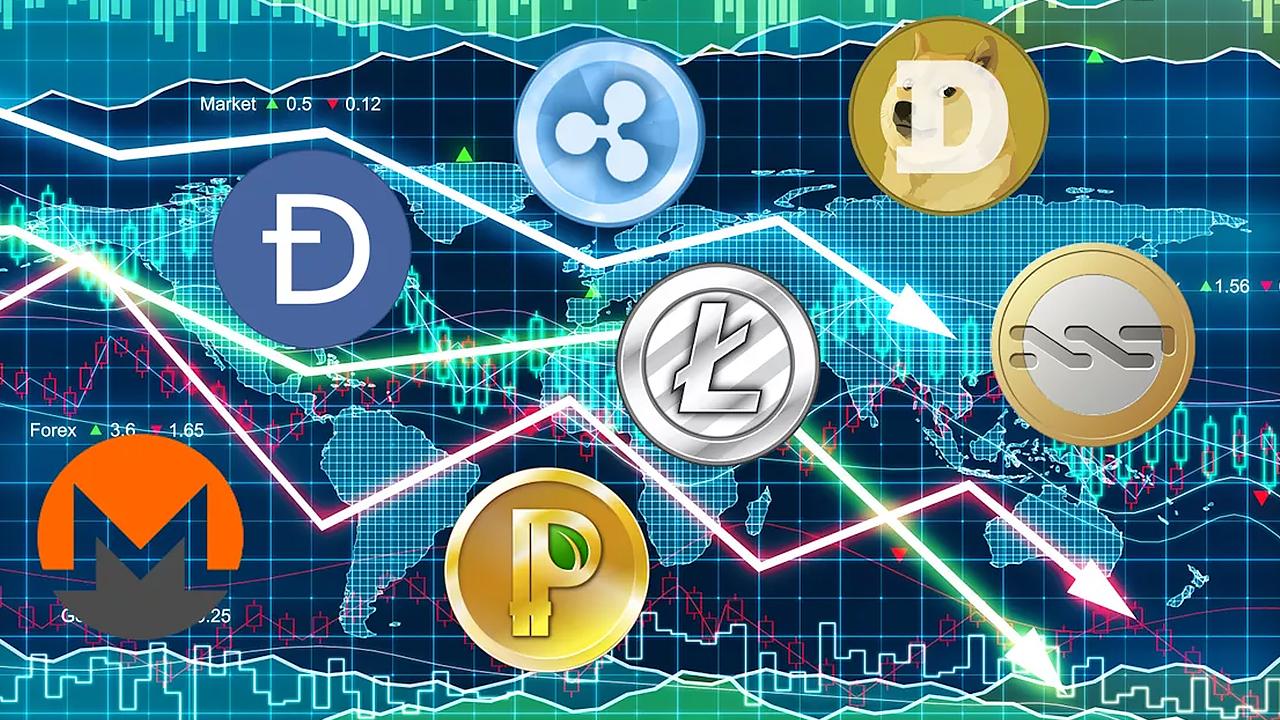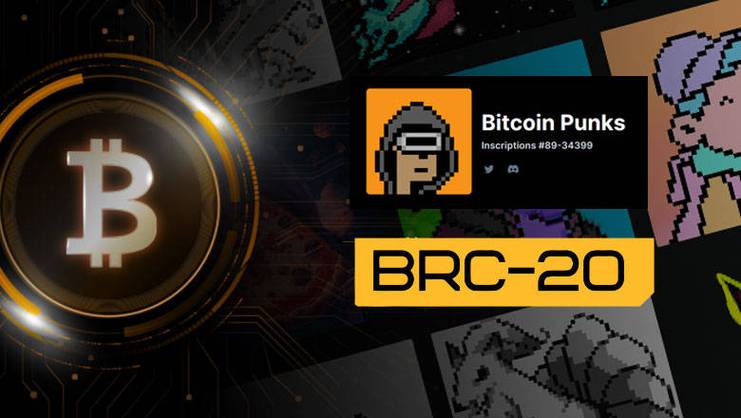
Understanding ERC20 and ETH: A Comprehensive Guide
When diving into the world of cryptocurrencies, it’s crucial to grasp the nuances between different types of digital assets. Two of the most prominent are ERC20 and ETH. In this detailed guide, we’ll explore what they are, how they differ, and their significance in the crypto ecosystem.
What is ETH?
ETH, short for Ethereum, is the native cryptocurrency of the Ethereum network. It serves as the primary currency for transactions on the Ethereum blockchain. Users can send ETH to other addresses, pay for gas fees, and participate in decentralized applications (DApps). Essentially, ETH is the fuel that powers the Ethereum network.

What is ERC20?
ERC20, on the other hand, is a technical standard for fungible tokens on the Ethereum blockchain. It was proposed by Fabian Vogelsteller in 2015 and aims to provide a set of rules and interfaces for creating and managing tokens. ERC20 tokens are built on top of the Ethereum network and are often referred to as “ERC20 tokens” or simply “tokens.”
Difference Between ETH and ERC20
While ETH and ERC20 tokens share some similarities, such as their association with the Ethereum network, they have distinct characteristics:
| Attribute | ETH | ERC20 |
|---|---|---|
| Native Currency | Yes | No |
| Functionality | Used for transactions, gas fees, and DApps | Used for various purposes, such as payments, rewards, and access to services |
| Address | Unique 40-character hexadecimal string | Unique 40-character hexadecimal string |
| Interoperability | Interoperable with other Ethereum-based tokens and DApps | Interoperable with other ERC20 tokens and DApps |
ERC20 Token Standard
ERC20 tokens follow a specific set of rules and interfaces defined by the ERC20 standard. These rules include:
-
Name: Returns the name of the token, such as “DAI Stablecoin.”

-
Symbol: Returns the symbol of the token, such as “DAI.”
-
Decimals: Returns the number of decimal places for the token, such as 18.
-
Total Supply: Returns the total supply of the token.
-
Balance Of: Returns the balance of a specific address.
-
Transfer: Transfers tokens from one address to another.
-
Approve: Approves a third party to spend a certain amount of tokens on behalf of the owner.
-
Transfer From: Transfers tokens from the owner’s address to another address.
-
Event Transfer: Triggered when tokens are transferred between addresses.
-
Event Approval: Triggered when an approval is granted to a third party.
ERC20 Tokens and Their Applications
ERC20 tokens have gained immense popularity due to their ease of creation and compatibility with various platforms. Some of the applications of ERC20 tokens include:
-
Initial Coin Offerings (ICOs): ERC20 tokens are commonly used for ICOs, allowing companies to raise capital by selling their tokens to investors.
-
Decentralized Finance (DeFi): ERC20 tokens are used in DeFi applications, such as lending, borrowing, and trading.
-
Staking and Governance: Users can stake their ERC20 tokens to earn rewards or participate in governance decisions.



